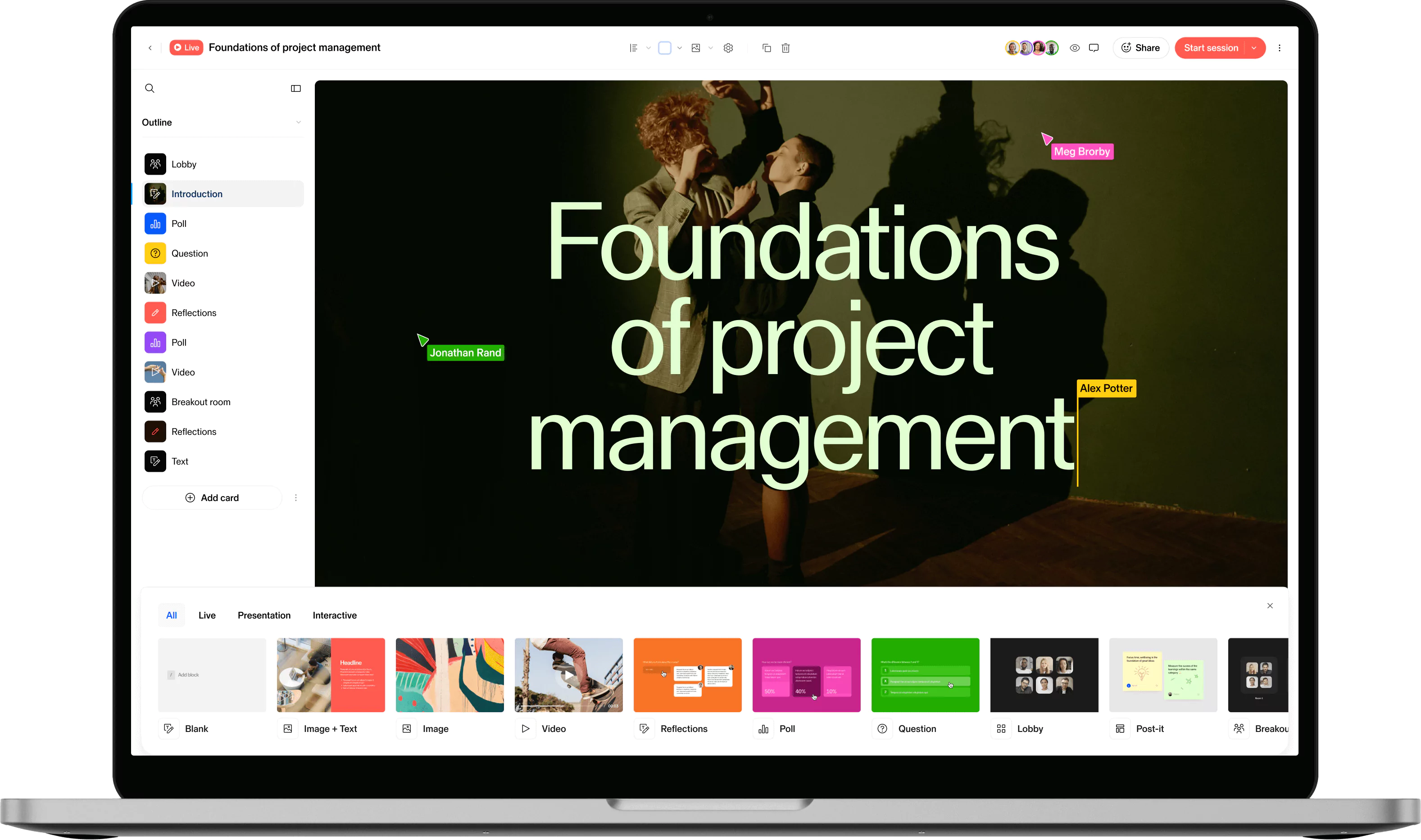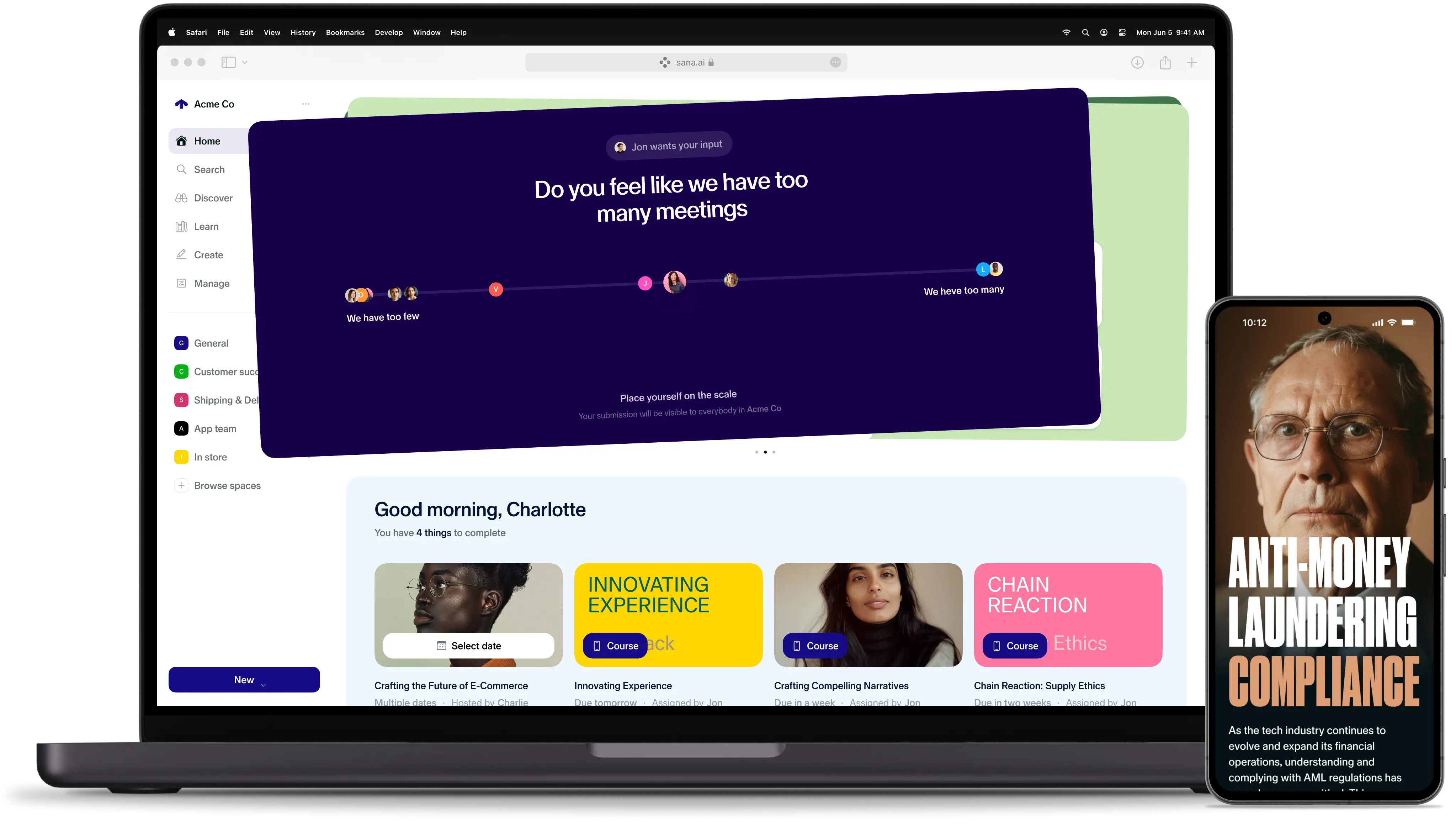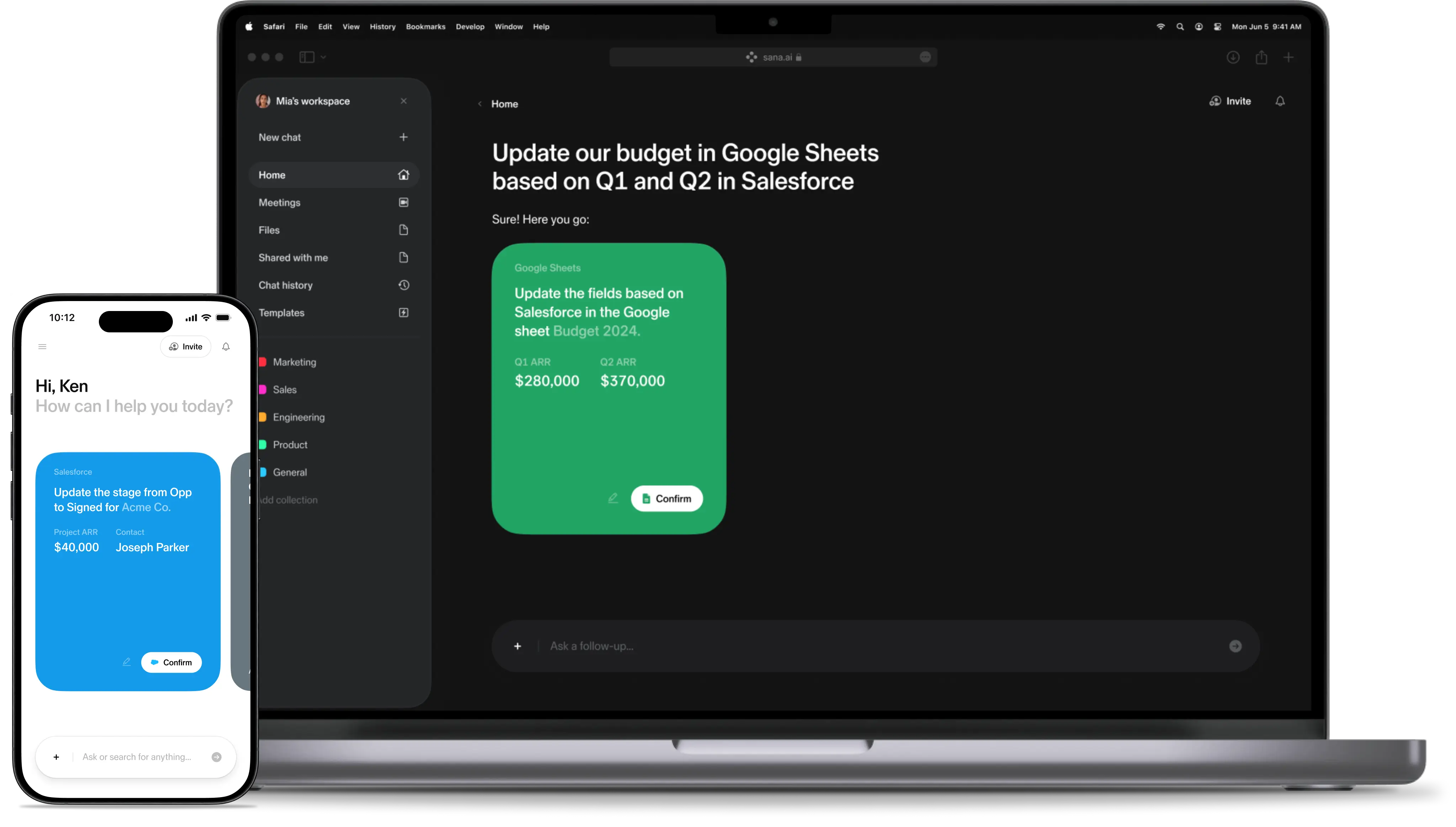The what, why, and how of collaborative learning

Move over content. Collaborative learning is the new kid in town.
We're in a post-content age. From Youtube to Substack, LinkedIn Learning to Coursera, anything and everything we want to learn is at our fingertips. We've never had so much access to knowledge—yet we've never been so overwhelmed. No wonder the completion rates for Massive Online Open Courses (MOOCs) have steadily declined to as low as 3%.
In this mad flurry to put more and more content online, we seem to have left something out.
People.
The most powerful and memorable learning occurs when we talk and collaborate with others.
Here's why and how you should embrace collaborative learning.
Collaborative learning is engaging and effective
Collaborative learning is a form of peer-to-peer learning. It occurs when two or more people interact with each other. And that interaction can be both formal and informal.
Examples of collaborative learning
- A book club
- A think-pair-share activity
- A team co-creating a document, giving suggestions for edits
- A digital space where employees can share and find useful material, ask questions, and get answers
Collaborative learning is engaging because it creates powerful social dynamics. We want to do right by our peers, so we're more likely to show up and see something through. Especially when there's a deadline. One collaborative mode that excels is the cohort-based program.
In cohort-based programs, a select group of learners advances through an online program within a specific time frame. Unlike MOOCs, cohort programs boast course completion rates as high as 96%. And it's all because the attendees feel a strong sense of urgency and accountability.
Here's an example:
- What: Growth mindset training for commercial leaders
- Length: 6 weeks
- Topics: Growth mindset 101, giving feedback, embracing challenges
- Format: Self-study courses and pre-reads to acquire knowledge, blended with live group sessions to discuss topic nuances, gain perspectives, and apply learnings
As well as engaging, cohort programs are effective. They aid knowledge comprehension and retention by encouraging learners to blend different skills and actively apply them with others. These two processes are known as the interleaving effect and active learning, respectively.
Collaborative learning comes in all shapes and sizes. While commonly associated with a live, in-person experience, collaborative learning can also happen digitally and asynchronously. And in a hybrid situation too.
Collaborative learning turns L&D processes on their head. And that's a good thing.
Collaborative learning encourages Learning & Development teams (L&D) to become more collaborative. Instead of producing all content centrally, L&D can engage employees and subject matter experts directly. This shift towards decentralized learning creates two main benefits for L&D teams:
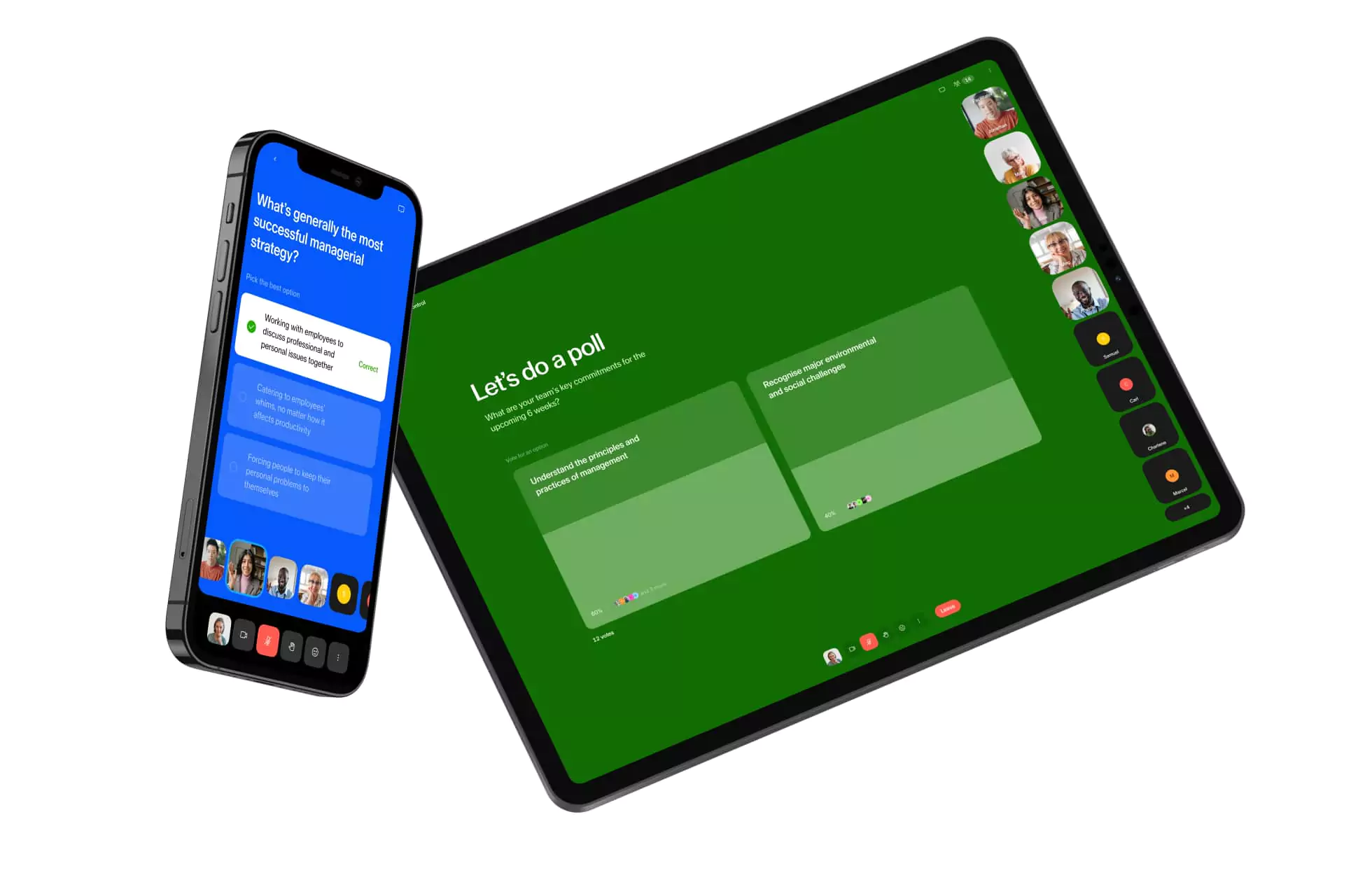
#1 Eliminate bottlenecks
Centralized L&D teams can only produce a finite number of learning initiatives for the business. As soon as the requests exceed the time and resources available, L&D becomes a bottleneck. By taking a collaborative learning approach, L&D can harness the collective intelligence of the entire organization. To do that, you give everyone the tools they need to share knowledge quickly and effectively. When this happens, L&D can shift focus from producing content to advising the business—guiding and supporting teams towards achieving their goals.
#2 Shorten feedback loops
The average time-to-market for learning content is 3-6 months. That's too slow for a fast-moving team. You risk missing the chance to make an impact at the right time. What if you could reduce those months to a matter of days?
Here's an example:
- Business need: Your local sales team wants to speed up the sales cycle with a new prospect qualification framework.
- Solution: The sales enablement manager spins up a crash course on the different qualification criteria and associated questions.
- Result: Within days, the sales team is using the framework in their calls. Over time, the team iterates and updates the crash course based on new learnings and best practices.
This way of working is responsive, scalable, and dynamic. Your organization's learning content evolves in response to emerging changes, priorities, and insights.
This adaptive process isn't only beneficial for your L&D team; it's beneficial for your employees too.
Collaborative learning engages employees and builds culture
Something magical happens when people come together. When we can effectively explore and build on each other's ideas, we grow as individuals and as a team. This is why collaborative learning is so powerful for the business.

More engaged, connected employees
Collaborative learning empowers individuals to drive their own development and support their peers at the same time. That combination builds an autonomous yet highly nurturing company culture where people feel they can grow.
More innovative, high-performing teams
When we lower the barrier to sharing and consuming knowledge, we more easily integrate learning into our everyday working lives. That builds a culture of continuous learning. And continuous learning is key to building high-performing, innovative teams.
So if collaborative learning is so powerful, why are so few companies doing it?
Scaling collaborative learning takes tools and trust
According to a recent Eduflow survey, 80% of L&D professionals believe collaborative learning is important in the workplace. Yet only 20% of practitioners leverage collaborative learning with any frequency. There are two main reasons for this low number: (1) cultural resistance and (2) fear of losing quality. You can overcome both of these barriers by combining technology with human trust.
Lower the barriers with a user-centered learning platform
Decentralizing content creation needs to be friction-free. After all, sharing knowledge with others takes time. So the less time it takes and the more fun the experience, the more likely we are to do it. This is where smart tools can help:
Find a learning platform that enables everyone to create material and collaborate with others easily. And make sure they can do this under one roof. If it takes three tools to host a group leadership training, that's two tools too many for your busy subject matter experts.
Increase quality by entrusting employees with the right tools
Decentralizing content creation doesn't have to mean losing all quality and control. Especially when you create the right conditions:
One way to do that is with publishing rights. You can enable everyone to create learning material while restricting publishing to a select few. Then there are templates. The more you provide, the easier it will be for teams to create courses and sessions that are on-brand and on-point. With these guidelines in place, you can trust your experts to pass on what they know.
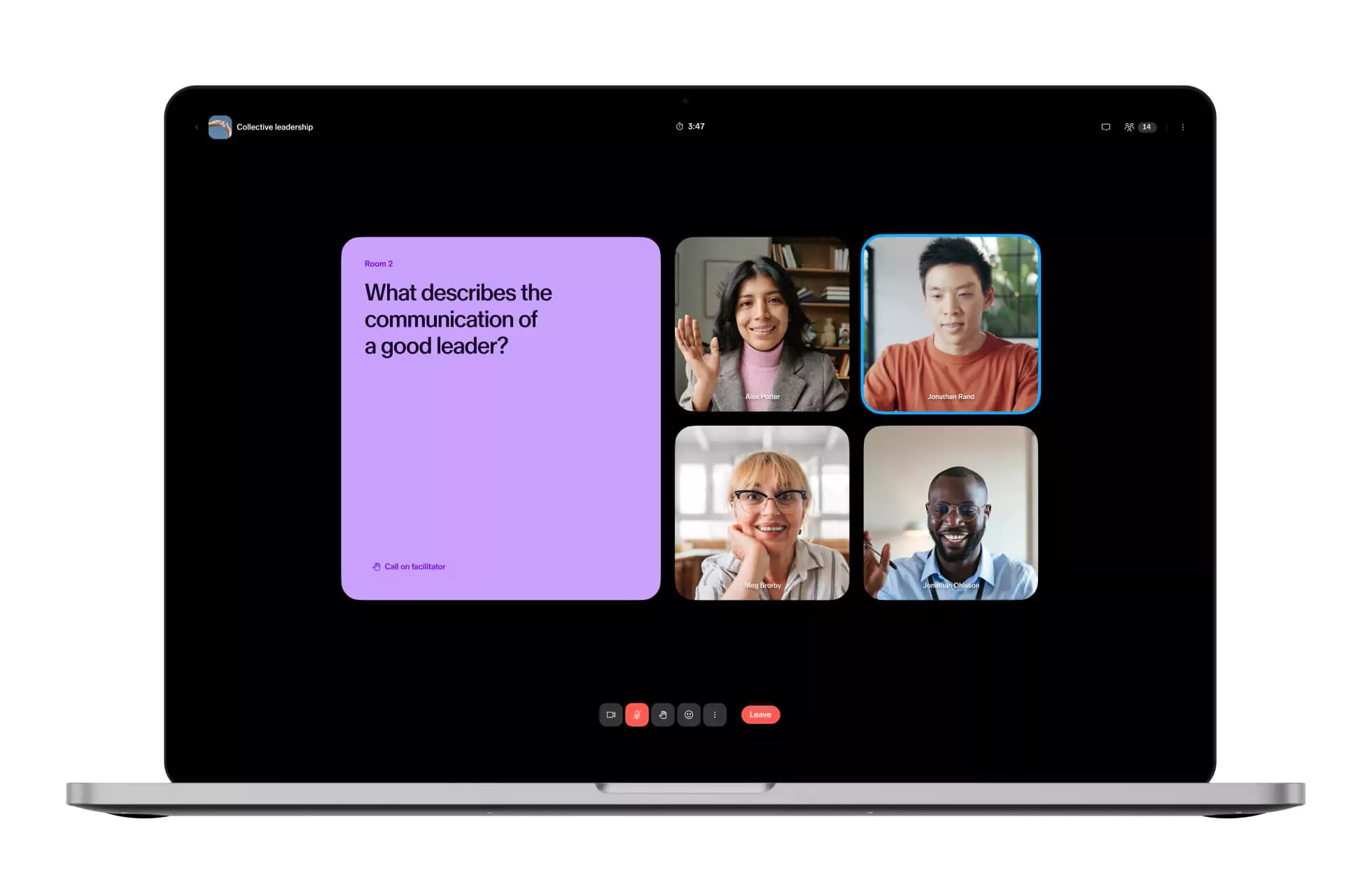
So what are you waiting for?
It's an exciting time to be in L&D. Businesses have never needed us more. The chance to create lasting impact is immense.
With opportunity comes responsibility. The responsibility to challenge the status quo and find innovative ways to scale learning within our organizations. And in this fast-moving world, content and courses will only take us so far.
The L&D teams of the future are those that embrace the power of collaboration—for themselves as well as their learners.
Empower anyone to build engaging live and self-paced learning experiences
Explore Sana Create